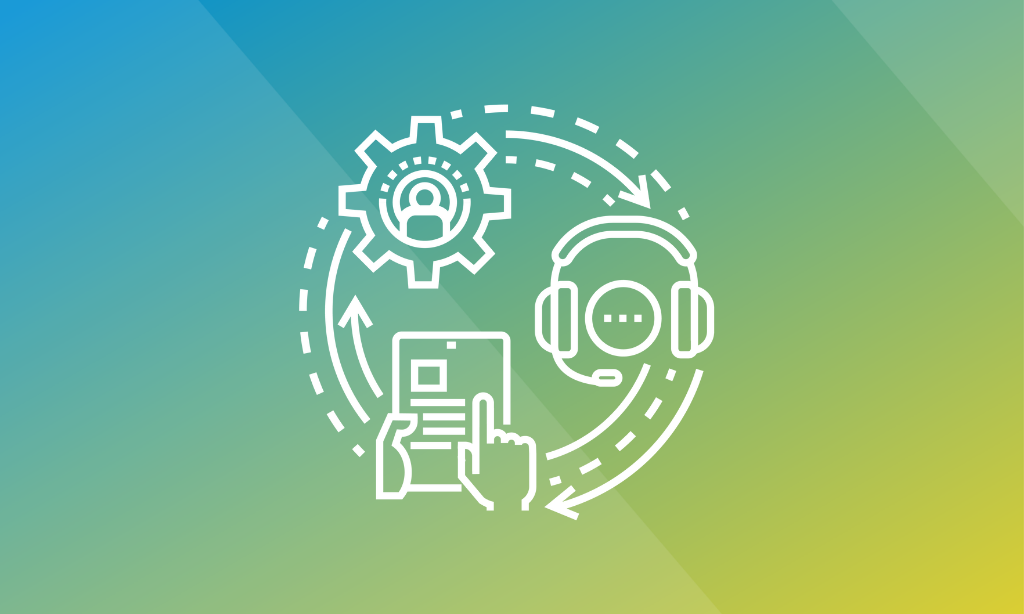5 ways to leverage training to improve employee onboarding

In order to not only retain but nurture top talent, so that they can perform at their best and grow with the company, HR departments as well as front-line managers need a smart and progressive strategy for onboarding. It’s not enough to point them to their new desk and say “have at it!” Today’s fast-paced business cultures require people to start off running, equipped with context about the organization’s culture, mission, and short and long-term goals. And, regardless of their role or level in the hierarchy, they need to know where they fit into each of those categories and how they’re expected to make an impact.
If you’re not sure why this is so important to get right, just take a look at the numbers. There’s a ton of research available about the brutal cost of employee churn, so do a search to see for yourself. Or, just consider these two as cited by Huffington Post:
“According to a study by the Society for Human Resource Management, employers will need to spend the equivalent of six to nine months of an employee’s salary in order to find and train their replacement. Doing the math, that means that for an employee salaried at $60,000 will cost the company anywhere from $30,000 to $45,000 to hire and train a replacement. Other research show that the average costs could be even higher. In a study conducted by the Center for America Progress, the cost of losing an employee can cost anywhere from 16% of their salary for hourly, unsalaried employees, to 213% of the salary for a highly trained position! So if a high trained executive is making $120,000 a year, the true loss could be up to $255,600 to the company!”
It’s tough to argue with those numbers, so let’s just get into how to create a training-driven onboarding process that takes your people from pre-hire to long-term contribution and leadership.
As a side note, I recommend looking at Brandon Hall Group’s High Performance Onboarding Framework, which outlines their four phases of onboarding for a guide. This infographic serves as a good overview of how onboarding starts “before Day One” for introductions on culture, people, and processes. Day One may include formal orientation and deeper dives into mission, values, and policies, but again, that is just the beginning. Day Two and beyond must include ongoing assimilation and assessment to ensure that the employee is empowered to reach peak performance (with a smile on her or his face, no less).
The top five ways to leverage training to improve employee onboarding:
- Centralize: It’s critical to make it easy for employees to find courses and supporting materials. Sure, you’ll still have some documents and processes that live in the HR/payroll system, but for the most part, take advantage of your LMS to be home base for initiating and educating new hires. It should be simple to follow course flows, track completions, and point to next steps in the path. As an added bonus, the people administering new hire training will be grateful to work within a single, centralized system, rather than having to post, manage, and track materials across multiple systems.
- Mobilize: Onboarding shouldn’t mean being tied to a desk for hours on end. These days, people expect to be able to train from anywhere and on any device. Especially for new hires who may be overwhelmed with meeting new people, learning the landscape, and starting the actual work of their job, it’s important to provide them the comfort of their mobile device(s). It should be OK to do courses from home or sitting outside in the courtyard at the HQ. The flexibility of mobile learning and working should also be a tactic within your hiring and retention strategies for digital progressives, who see it as a huge benefit and sometimes won’t accept anything less.
- Personalize: Employee onboarding is not a one-size-fits-all formula. Beyond standard compliance training and other required courses, people should be able to build and follow a self-paced learning path that supports their unique career trajectory within the company. Also, managers may want to consider offering personalized learning that supports specific team goals. Adding gamification within teams is also a great way to bring someone on board; it gets them in the game (literally) and begins to create some of the fun, competition, and camaraderie needed to retain today’s workers.
- Bitesize: In order to avoid overwhelming a new person, you can break onboarding courses into smaller pieces (i.e., micro-learning). As is quite well-known, this helps retention as well as increases engagement in a multi-screen, attention-depleted world. Forcing new hires to participate in long, multi-hour classes (even if digital) is no longer the standard. Now, it’s about embedding training throughout the experience, whether on Day One or Day One-hundred-and-one, and embracing the value of continuous learning.
- Informalize: As our friend David Wentworth at Brandon Hall Group reminds us in this article, learning is mostly an informal activity. The 70:20:10 model proposes that 90% of learning should be accomplished through on-the-job experiences and interpersonal interactions. So, encourage self-service access to learning materials (again, that are centralized in the LMS, mobile, personal, and micro). Beyond that, encourage mentoring or coaching relationships that drive knowledge-transfer between seasoned staffers and newbies.
Best of luck with your onboarding this year! We are here to help with the training aspects at any time.





